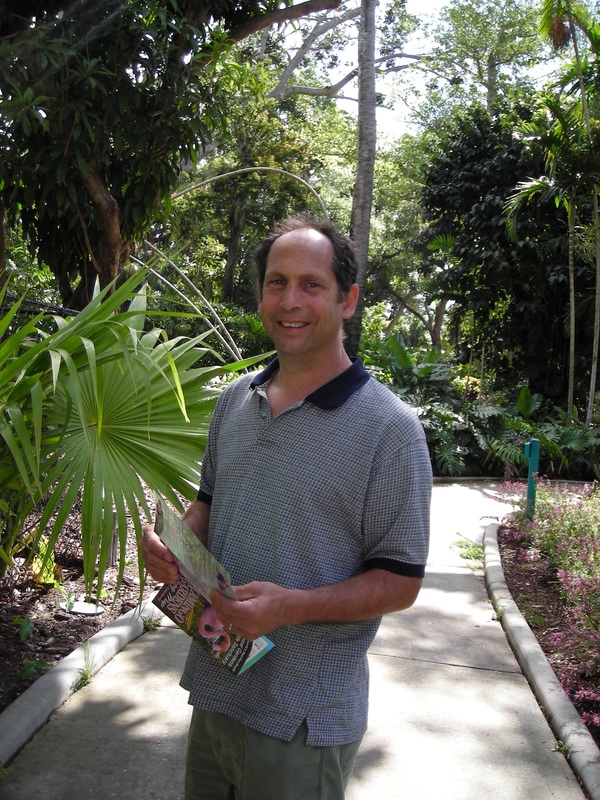Sekisõ Oshõ asked, "How can you proceed on further from the top of a hundred-foot pole?"
Another eminent teacher of old said, "You, who sit on the top of a hundred-foot pole, although you have entered the Way you are not yet genuine.
Proceed on from the top of the pole, and you will show your whole body in the ten directions."
Mumon's Comment
If you go on further and turn your body about, no place is left where you are not the master.
But even so, tell me, how will you go on further from the top of a hundred-foot pole? Eh?"
Mumon's Verse
He darkens the third eye of insight
And clings to the first mark on the scale.
Even though he may sacrifice his life,
He is only a blind man leading the blind.
Top of a 100 foot pole, are you there? Sometimes I think this Zen practice is not only like climbing to the top of a 100' pole but the pole is also greased and I keep sliding backwards. I have been playing a lot of music these days now that I have retired from regular work. I have been practicing one song quite a bit and the other day during my evening sit I could not get that tune out of my head for the whole hour. It's ok but I have worked all these years on training this (my) mind to be quiet. And then my wife is adept at showing me where I am still attached.
If you get to the top of the pole and truly quiet your mind then just sit there for a while, relax, look around, the path on is clear. Your whole body fills the ten directions. Do you see that? All that work for such a simple insight but still it is a revolution.
The last of the Ox Herding Pictures shows a joyous Bodhisattva giving out gifts to children. All your years of hard work are not for your ego bound small self. That self is just an illusion and by now you know that. The outcome of all the hard work is that now you partake in the activity of the Universal Bodhisattva which is really your true self.

 RSS Feed
RSS Feed